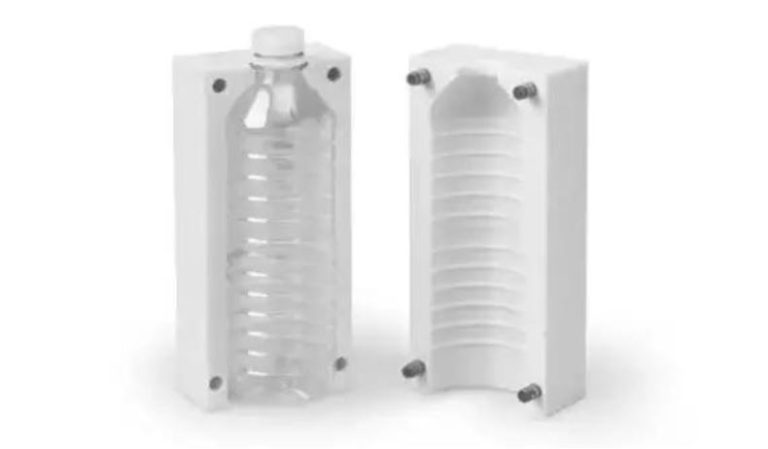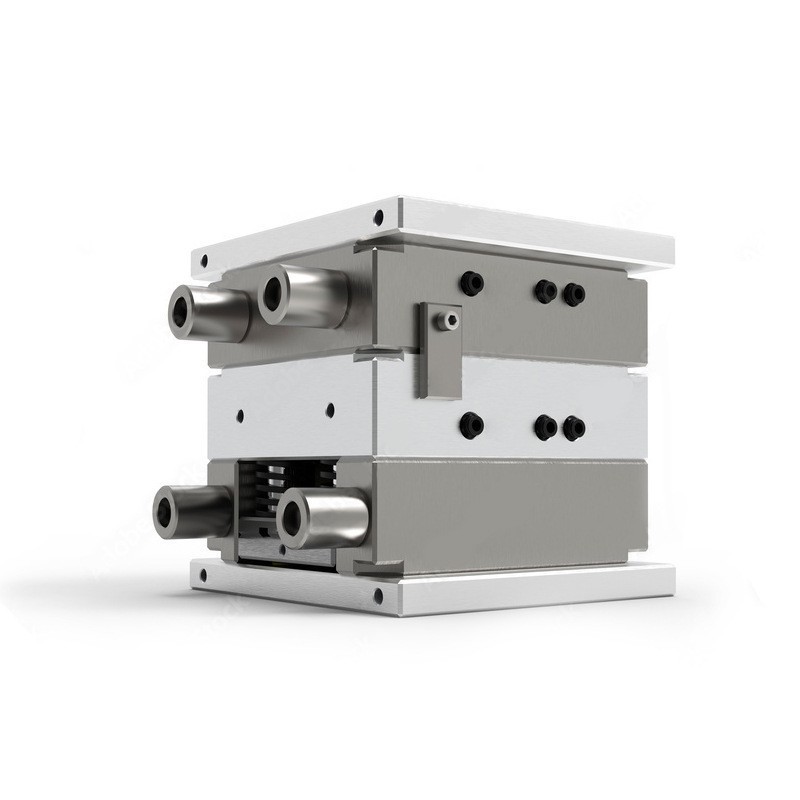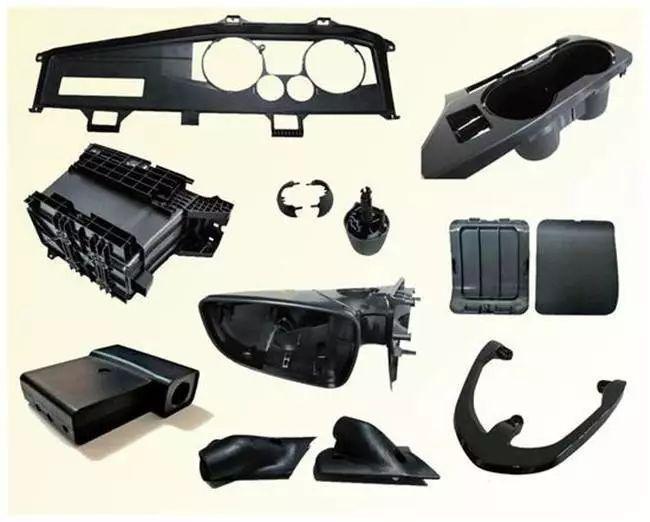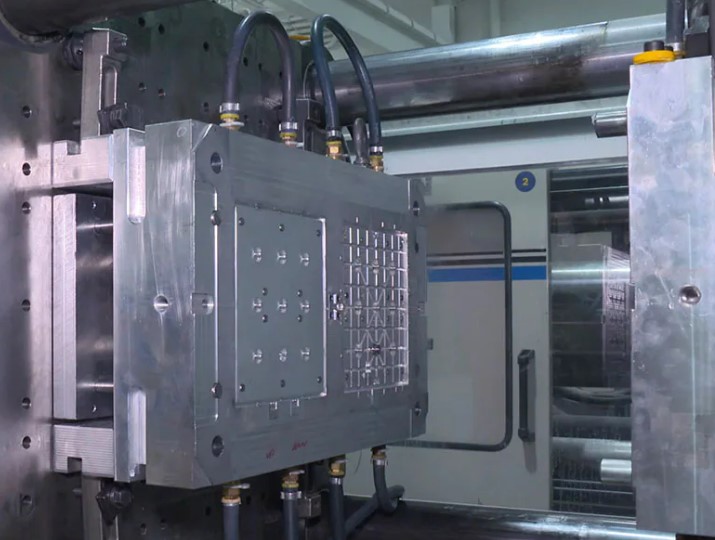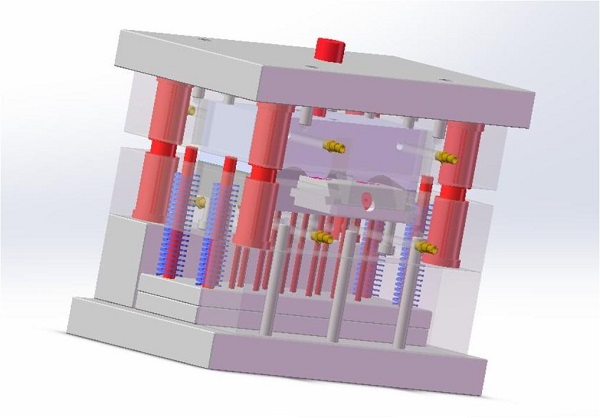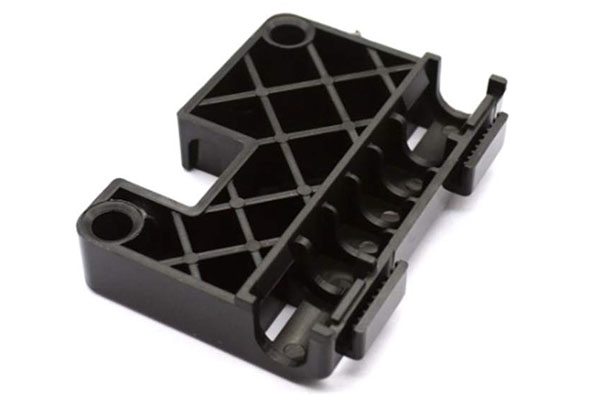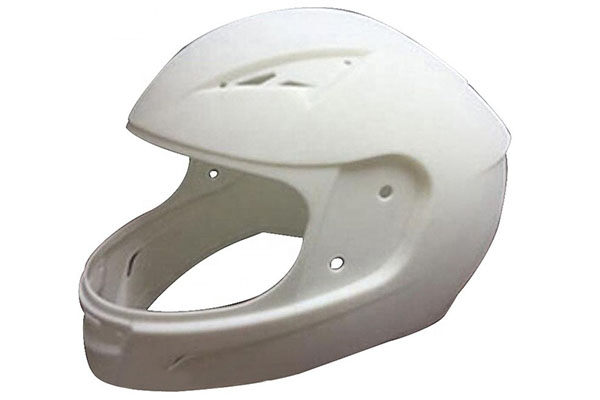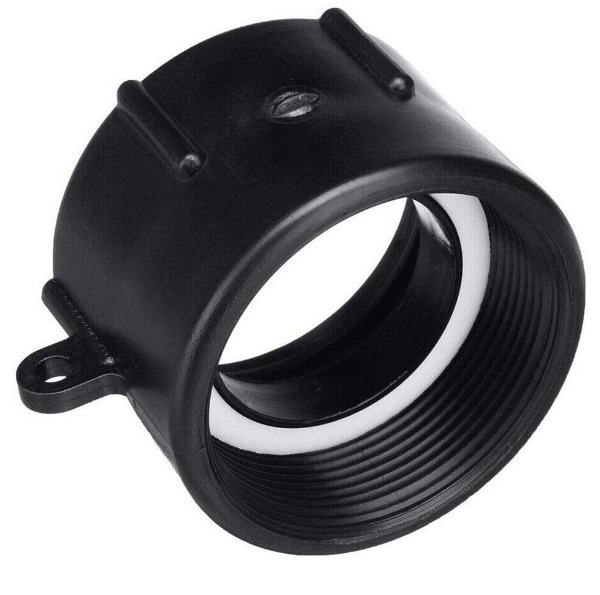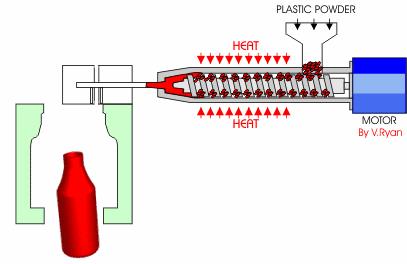1. Introduction to Injection Molding
1.1 What is Injection Molding?
Injection molding is a manufacturing process that has become the cornerstone of modern plastic product production. At its core, injection molding is the method of transforming plastic raw materials into a vast array of finished products we use daily. The process begins with plastic pellets, which are the starting point for the creation of countless items.
The basic principle of injection molding is quite straightforward yet highly efficient. First, the plastic pellets are fed into a heated barrel. As the pellets move through the barrel, they are gradually heated by electric heaters or other heating elements. The heat causes the plastic to transition from a solid granular state to a molten, viscous liquid. This transformation is crucial as it allows the plastic to be easily manipulated and shaped.
Once the plastic is fully melted, a high - pressure piston or screw mechanism comes into play. This mechanism forcefully injects the molten plastic into a precisely designed mold cavity. The mold cavity is the negative impression of the final product. The high - pressure injection ensures that the molten plastic fills every intricate detail of the mold cavity, whether it's a small, detailed toy part or a large, complex automotive component.
After the mold cavity is filled, the plastic is left to cool. As it cools, the plastic solidifies, taking on the exact shape of the mold. Once the plastic has fully solidified, the mold is opened, and the newly formed plastic product is ejected. This cycle of heating, injecting, cooling, and ejecting can be repeated rapidly, making injection molding a highly productive manufacturing method.
2. The Process of Injection Molding
2.1 Step - by - Step Process
The injection molding process is a well - orchestrated sequence of steps that transform plastic pellets into finished products. Here is a detailed breakdown:
- Mold Closing:
- The first step in the injection molding process is mold closing. The two halves of the mold, the stationary (fixed) half and the moving half, are brought together. This is a crucial initial step as a proper and tight closure is essential to prevent any leakage of the molten plastic during the injection phase. High - precision alignment systems, such as guide pins and bushings, ensure that the two mold halves match up accurately. For example, in the production of small, intricate electronic components, a misaligned mold could result in a defective product with incorrect dimensions or poor surface finish.
- Injection:
- Once the mold is closed, the plastic pellets, which have been pre - heated in the hopper, are ready to be injected. The injection unit of the injection molding machine, typically a reciprocating screw or a plunger, forces the molten plastic into the mold cavity. The injection pressure can range from 1000 to 30000 psi (pounds per square inch), depending on the type of plastic, the complexity of the mold, and the size of the product. For instance, when molding thick - walled products like large plastic storage bins, a lower injection pressure may be sufficient, while thin - walled and complex - shaped products such as small medical devices may require a much higher injection pressure to ensure complete filling of the mold cavity.
- Packing and Holding Pressure:
- After the mold cavity is filled, the packing and holding pressure phase begins. During this stage, additional pressure is applied to compensate for the shrinkage of the plastic as it cools and solidifies. The holding pressure is usually lower than the injection pressure but is maintained for a specific period. This pressure ensures that the final product has the correct dimensions and density. For example, in the production of plastic automotive parts, maintaining the right holding pressure is crucial to ensure that the parts fit properly during assembly. If the holding pressure is too low, the part may shrink unevenly, leading to fit - and - function issues.
- Cooling:
- Cooling is a critical step that determines the quality and cycle time of the injection molding process. As the plastic cools, it solidifies and takes on the shape of the mold cavity. Cooling is typically achieved through a network of cooling channels within the mold, through which a coolant (usually water) circulates. The cooling time can vary widely, from a few seconds for small, thin - walled products to several minutes for large, thick - walled items. For example, a small plastic toy may cool in just 10 - 15 seconds, while a large plastic chair could take 2 - 3 minutes to cool sufficiently.
- Mold Opening:
- Once the plastic has cooled and solidified, the mold is opened. The moving half of the mold is retracted, exposing the newly formed plastic product. This process must be carefully controlled to prevent any damage to the product or the mold. Hydraulic or mechanical systems are used to smoothly open the mold at a controlled speed.
- Ejection:
- The final step is the ejection of the product from the mold. Ejection pins, which are located in the moving half of the mold, push the product out of the mold cavity. The design and placement of these ejection pins are crucial to ensure that the product is ejected smoothly without any deformation. For example, in the production of plastic containers, the ejection pins need to be placed in a way that evenly distributes the force, preventing the container from cracking or warping during ejection.
Here is a simple flowchart to illustrate the injection molding process:
| Step | Description |
| 1. Mold Closing | Bring the two mold halves together |
| 2. Injection | Inject molten plastic into the mold cavity |
| 3. Packing and Holding Pressure | Apply pressure to compensate for plastic shrinkage |
| 4. Cooling | Cool the plastic to solidify it |
| 5. Mold Opening | Open the mold |
| 6. Ejection | Eject the product from the mold |
[You can insert a relevant image of the injection molding process flowchart here if available, such as a diagram showing the different steps with arrows indicating the flow of the process]
2.2 Role of Plastic Pellets in Each Step
- Mold Closing: At this stage, the plastic pellets are in the hopper of the injection molding machine, waiting to be processed. Their role is passive but essential, as they are the raw material that will soon be transformed into the final product.
- Injection: During injection, the plastic pellets, which have been heated to a molten state, are the key substance being forced into the mold cavity. As they are heated, the polymer chains in the plastic pellets start to move freely, allowing the plastic to flow. For example, in the case of polyethylene pellets, when heated, the long - chain molecules become mobile, enabling the molten plastic to fill the intricate details of the mold cavity. The flowability of the molten plastic, which is determined by the type of plastic and its melt flow index (MFI), affects how easily it can be injected into the mold. A higher MFI means the plastic has better flowability and can be injected more easily.
- Packing and Holding Pressure: The plastic, now in a semi - solid state within the mold cavity, continues to be affected by the pressure. The plastic pellets, having been melted and injected, are being compressed further to ensure a dense and dimensionally accurate product. The properties of the original plastic pellets, such as their density and shrinkage characteristics, play a role in determining how much holding pressure is required. For instance, plastics with a high shrinkage rate, like some grades of polypropylene, may need a higher holding pressure to minimize shrinkage defects.
- Cooling: As the plastic cools, the polymer chains in the material start to re - arrange and solidify. The plastic, which was once in a molten state from the melted pellets, gradually takes on the shape of the mold cavity. The cooling rate can affect the final properties of the product. If the cooling is too fast, internal stresses may build up in the product, leading to warping or cracking. The type of plastic pellets used also influences the cooling behavior. For example, amorphous plastics like polystyrene cool differently from semi - crystalline plastics like polyethylene terephthalate (PET).
- Mold Opening and Ejection: By this stage, the plastic has fully solidified from the molten state of the original pellets. The now - solid plastic product, which was formed from the plastic pellets, is ejected from the mold. The integrity of the product, which is related to the quality of the original plastic pellets and the entire injection molding process, is crucial here. A well - formed product, free from defects due to the quality of the plastic pellets and proper processing, can be easily ejected without damage.
4. Applications of Injection Molding
Injection molding is a highly versatile manufacturing process, and its applications span across multiple industries. The ability to transform plastic pellets into complex and precise parts makes it an essential technology in modern manufacturing.
4.1 In the Automotive Industry
The automotive industry is one of the major beneficiaries of injection molding technology. Injection - molded plastic parts are used extensively in cars, trucks, and other vehicles.
- Interior Components: Many interior parts of a vehicle are made through injection molding. For example, dashboards are often injection - molded. They require a combination of strength, heat resistance, and aesthetic appeal. The plastic material used can be customized to have a soft - touch finish, which enhances the comfort and luxury feel of the vehicle's interior. Door panels are another example. They are not only designed for functionality but also for appearance. Injection molding allows for the creation of complex shapes and the integration of features such as armrests, storage compartments, and speaker grilles in a single part. According to industry statistics, about 50% of the interior volume of a modern vehicle consists of injection - molded plastic parts.
- Exterior Components: Automotive bumpers are a prime example of injection - molded exterior parts. Bumpers need to be impact - resistant, lightweight, and aerodynamic. High - impact plastics like polypropylene (PP) with added fillers are commonly used. Injection molding enables the production of bumpers with complex shapes that can match the vehicle's body lines. Additionally, parts like wheel arches, side skirts, and spoilers are also injection - molded. These parts contribute to the vehicle's aerodynamics and overall styling. In recent years, the use of injection - molded exterior parts has increased, with more than 80% of new vehicles having at least some injection - molded exterior components.
- Functional Components: Injection - molded plastic parts are also used in the vehicle's functional systems. For instance, air ducts in the ventilation system are injection - molded. They need to be lightweight, yet able to withstand the pressure of air flow. Plastic fuel tanks are another application. They are lighter than traditional metal fuel tanks, which improves fuel efficiency. The use of injection - molded plastic fuel tanks has become more prevalent, especially in smaller and more fuel - efficient vehicles.
4.2 In the Electronics Industry
In the electronics industry, injection molding plays a crucial role in the production of various devices.
- Device Enclosures: The outer shells of electronic devices such as smartphones, tablets, laptops, and game consoles are often injection - molded. For smartphones, the demand for slim, lightweight, and durable designs has led to the use of high - strength plastics like polycarbonate (PC) and acrylonitrile - butadiene - styrene (ABS). Injection molding allows for the creation of thin - walled enclosures with precise dimensions. This is essential for housing the delicate internal components of these devices. For example, the tolerances for the holes and slots in a smartphone case for buttons, ports, and cameras need to be extremely accurate, often within a few hundredths of a millimeter.
- Internal Components: Many internal components of electronic devices are also injection - molded. Connectors, which are used to connect different parts of a circuit board, are made through injection molding. They need to have excellent electrical conductivity and mechanical stability. Plastic brackets and holders for components like batteries, speakers, and microchips are also injection - molded. These parts help in organizing and protecting the internal components, ensuring the proper functioning of the device. In the production of a laptop, for example, there can be dozens of injection - molded plastic parts that contribute to its overall structure and functionality.
4.3 In the Consumer Goods Industry
The consumer goods industry relies heavily on injection molding to produce a wide range of products.
- Toys: Injection molding is the primary manufacturing process for most plastic toys. It allows for the creation of toys with complex shapes, bright colors, and moving parts. For example, action figures are often injection - molded from PVC (polyvinyl chloride) or ABS plastics. The molds can be designed to create highly detailed features, such as facial expressions, clothing textures, and accessories. The production of small plastic toys, like Lego - like building blocks, also benefits from injection molding. These blocks need to have precise dimensions to ensure a tight fit when assembled. According to market research, the global toy market, which is largely dependent on injection - molded plastic toys, is valued at billions of dollars.
- Kitchenware and Tableware: Many items in the kitchen are injection - molded. Plastic utensils, such as spoons, forks, and knives, are made through this process. The plastic materials used can be chosen for their food - grade safety, durability, and ease of cleaning. Food storage containers are another example. They need to have a tight - fitting lid to keep food fresh, and injection molding allows for the production of containers with precise lid - to - body fits. In addition, items like coffee cups, pitchers, and mixing bowls are often injection - molded. These products come in a variety of colors, sizes, and designs to meet the diverse needs of consumers.
6. Yigu Technology's Perspective
As a non - standard plastic metal products custom supplier, Yigu Technology deeply understands the power and versatility of injection molding. With years of experience in custom - made production, Yigu Technology has faced and overcome numerous challenges in the injection molding process.
When it comes to complex mold design, Yigu Technology's team of experienced engineers utilizes advanced CAD/CAM software. This allows them to create highly precise 3D models of the molds, taking into account every intricate detail of the product design. For example, in the production of a custom - designed plastic component with multiple undercuts and complex internal structures, the engineers first analyze the product requirements thoroughly. Then, they design a mold with a combination of movable cores, slides, and innovative ejection systems to ensure that the final product can be successfully molded and ejected without any damage.
Material selection is another crucial aspect that Yigu Technology excels in. The company has an in - depth knowledge of a wide range of plastic materials and their properties. When a client requests a product with specific characteristics such as high heat resistance, chemical resistance, or impact strength, Yigu Technology can quickly recommend the most suitable plastic pellets. For instance, if a product needs to be used in a high - temperature environment, materials like polyetherimide (PEI) or polyetheretherketone (PEEK) pellets might be recommended. Yigu Technology also considers factors such as cost - effectiveness and production efficiency during material selection, ensuring that clients get the best value for their investment.
In addition, Yigu Technology pays great attention to quality control throughout the injection molding process. From the initial inspection of plastic pellets to the final quality check of the finished products, strict quality standards are adhered to. This commitment to quality has enabled Yigu Technology to build a solid reputation in the industry and meet the diverse needs of clients across various sectors.
